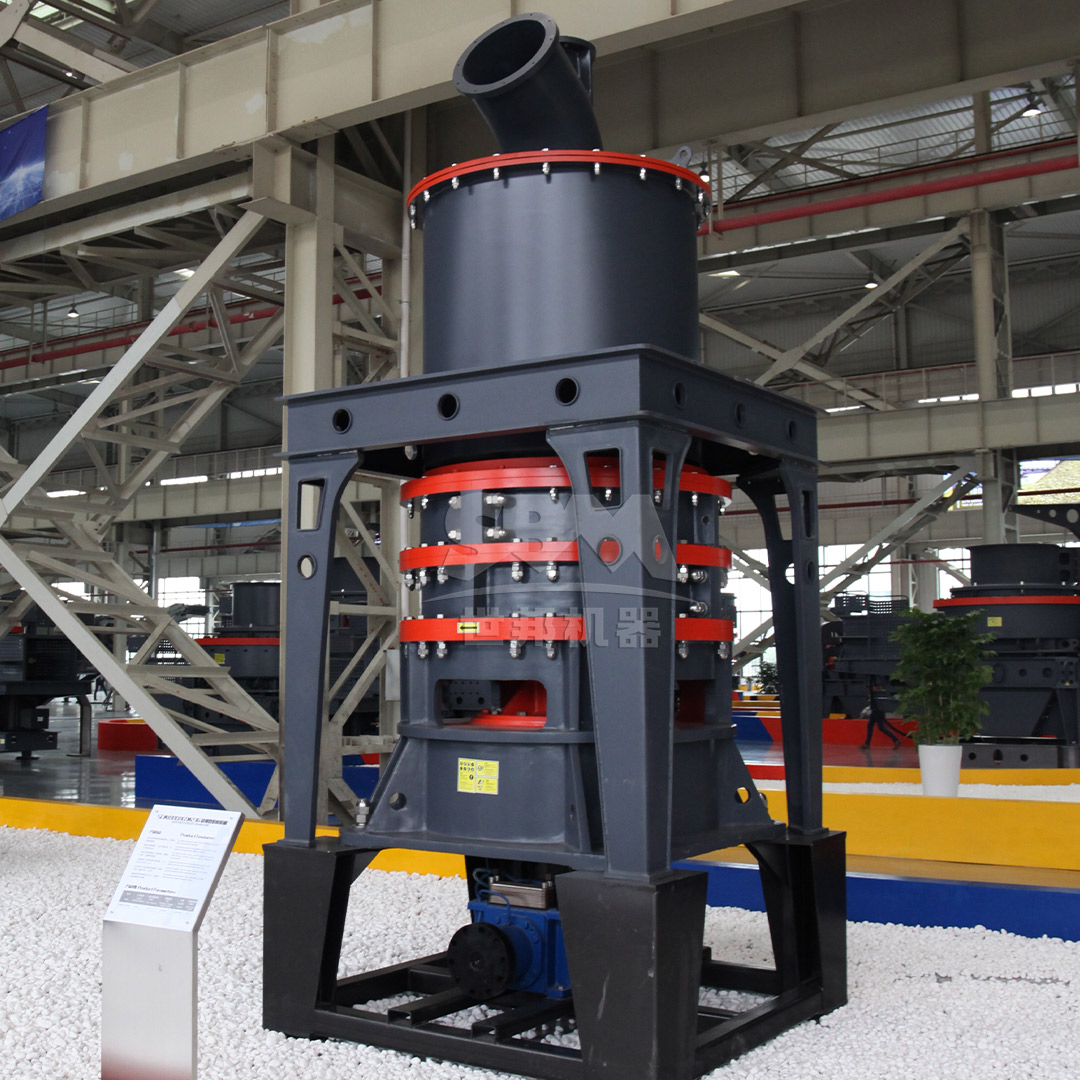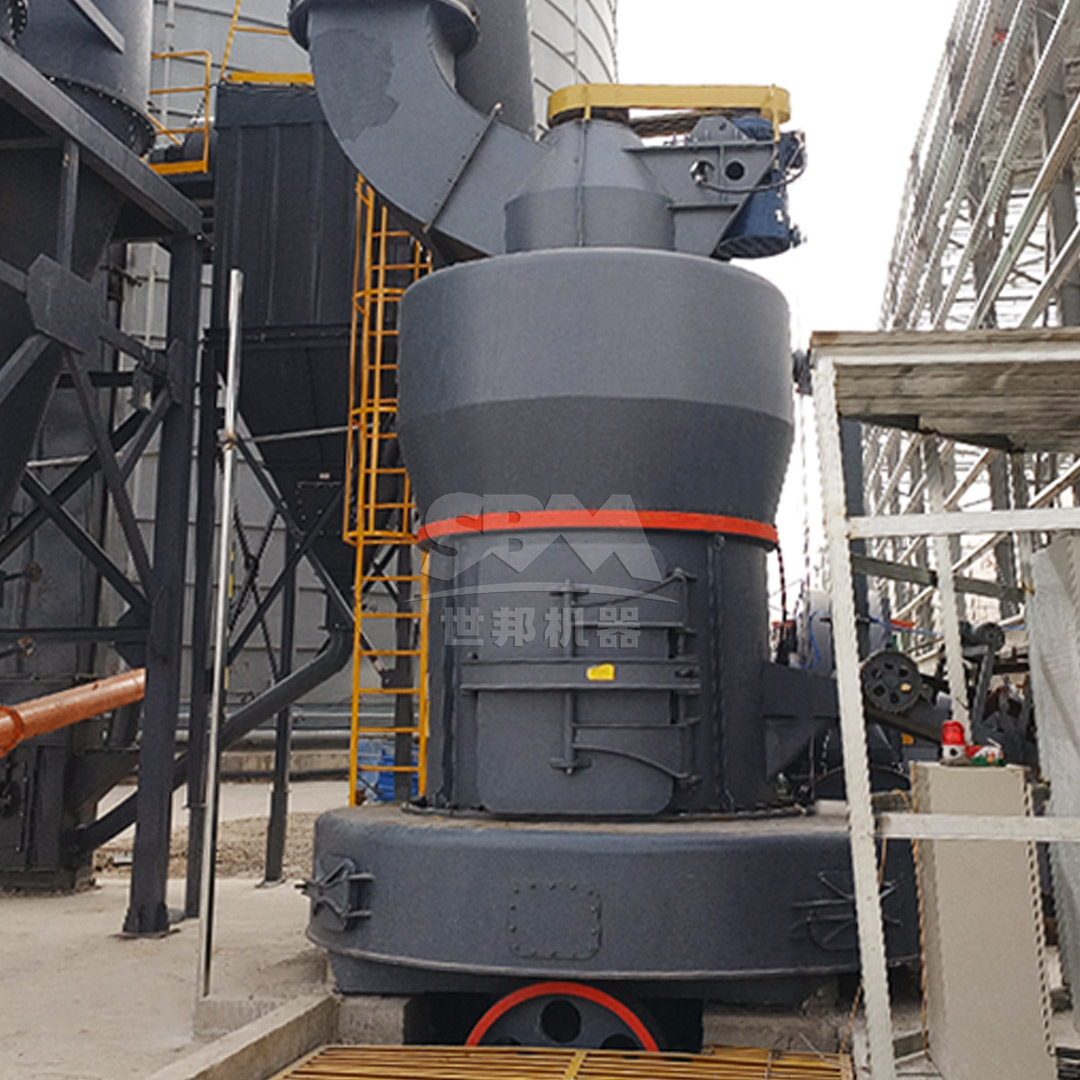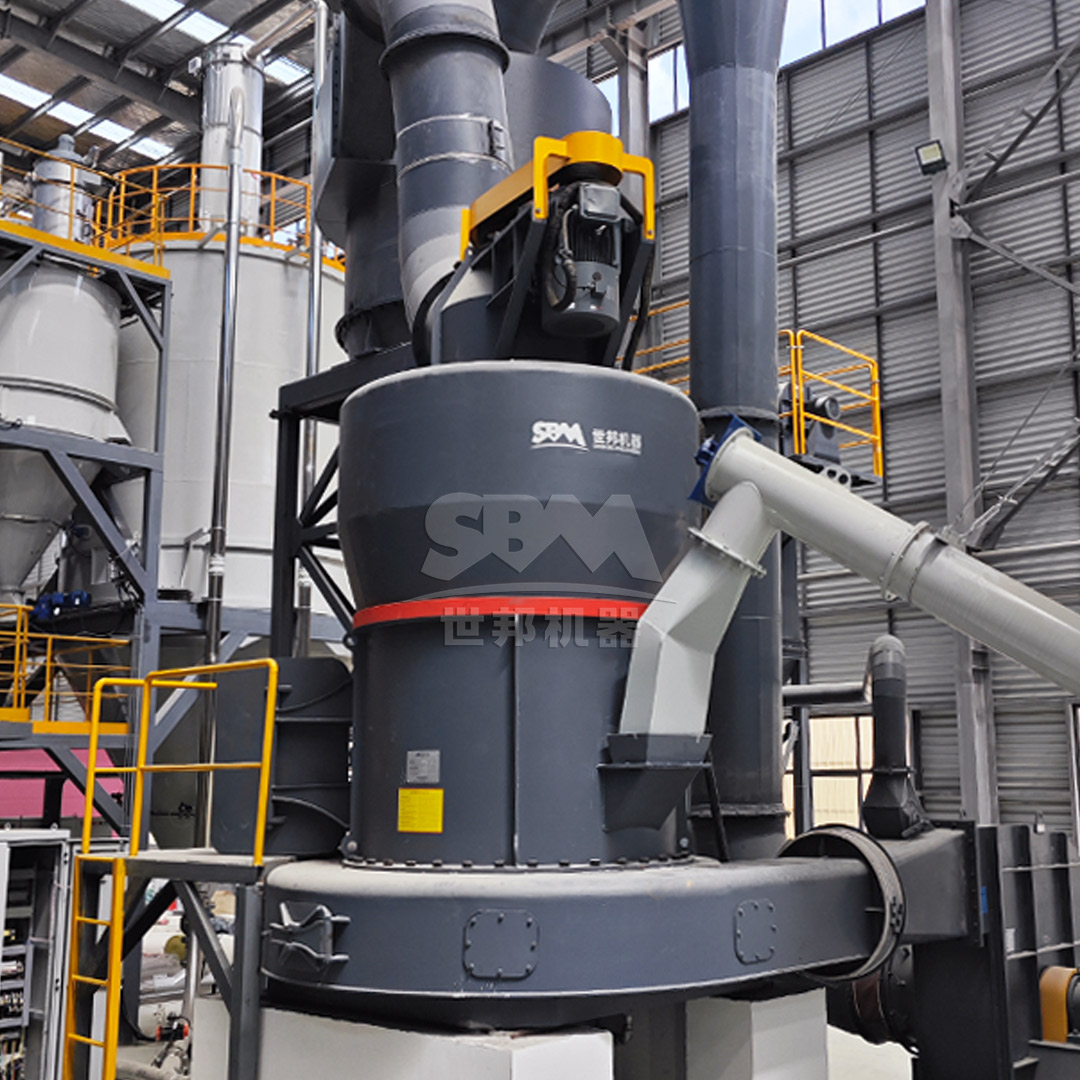In the rapidly evolving electronics industry, the demand for high-purity quartz powder with precise particle size distribution has never been greater. Quartz, a critical material in the manufacturing of semiconductors, optical fibers, and electronic encapsulants, requires ultra-fine grinding to meet the stringent specifications of modern electronics components. This article explores the technological advancements in quartz grinding systems, focusing on efficiency, precision, and sustainability, and highlights our company’s cutting-edge solutions designed to excel in these applications.
Quartz used in electronics must exhibit exceptional purity and controlled particle morphology. Any contamination or inconsistent particle size can lead to defects in semiconductor wafers, signal loss in optical fibers, or inadequate insulation in electronic packages. Traditional grinding methods often fall short, producing excessive heat, introducing impurities, or yielding broad particle size distributions. Therefore, an optimized grinding system must integrate several key features: high precision classification, efficient energy utilization, minimal contamination risk, and robust environmental controls.
Grinding quartz to the required fineness (often down to 5μm or less) presents significant challenges. The material’s hardness (7 on the Mohs scale) leads to high wear on grinding components, potentially introducing metallic contamination. Furthermore, the generation of heat during milling can cause phase transformations in quartz, affecting its electrical properties. An ideal system must overcome these hurdles through intelligent mechanical design, advanced material selection, and precise thermal management.
Modern quartz grinding systems leverage several core technologies to achieve the desired product quality while maintaining operational efficiency and sustainability.
The heart of any grinding system is its method of size reduction. For quartz, systems that utilize compression and shear forces, rather than impact, are often preferred to control particle shape and minimize heat generation. Roller mills with multiple grinding layers can progressively reduce particle size with greater control and efficiency compared to single-stage mills.
Achieving a tight particle size distribution is arguably more critical than the grinding itself for electronics applications. Integrated dynamic classifiers, often turbine-based, allow for real-time adjustment of the cut point. This ensures that only particles meeting the specified fineness (e.g., D97 ≤ 5μm) exit the system, while oversize material is continuously recirculated for further grinding.
To prevent metallic contamination, critical components in contact with the quartz powder must be constructed from specialized, wear-resistant materials. Ceramic-lined grinding chambers, high-chromium alloy rollers, and silicon carbide or polyurethane seals are commonly employed to extend service life and protect product purity.
Automation is key to consistent quality. Modern mills are equipped with PLC systems that monitor key parameters such as motor load, bearing temperature, and classifier speed. These systems can automatically adjust feed rates or grinding pressure to maintain a constant product quality, even with variations in feed material.
For applications requiring the highest levels of fineness and purity, such as quartz for electronics, our SCM Ultrafine Mill is the ideal solution. Engineered specifically for producing powders in the range of 325-2500 mesh (5-45μm), this mill incorporates the latest advancements in grinding technology.

The SCM series excels through its combination of a three-ring medium-speed micro-grinding mechanism and an integrated high-precision turbine classifier. This design allows it to achieve a remarkable D97 ≤ 5μm output with exceptional energy efficiency, consuming 30% less power than comparable jet mills. Its vertical turbine classification system ensures precise particle size cuts with no coarse powder contamination, which is paramount for electronic-grade quartz. Furthermore, the use of special alloy materials for the roller and grinding ring significantly enhances durability, reducing the risk of metallic wear debris and lowering long-term maintenance costs.
| Model | Processing Capacity (ton/h) | Main Motor Power (kW) | Output Fineness (mesh) |
|---|---|---|---|
| SCM800 | 0.5-4.5 | 75 | 325-2500 |
| SCM900 | 0.8-6.5 | 90 | 325-2500 |
| SCM1000 | 1.0-8.5 | 132 | 325-2500 |
| SCM1250 | 2.5-14 | 185 | 325-2500 |
| SCM1680 | 5.0-25 | 315 | 325-2500 |
A grinding mill does not operate in isolation. A complete system includes feeding, grinding, classification, collection, and dust removal components. For a high-purity operation, a fully enclosed, negative-pressure system is essential to prevent dust leakage and protect the working environment.
Advanced pulse-jet baghouse dust collectors are standard, achieving filtration efficiencies exceeding 99.99%. This not only ensures compliance with international emission standards but also allows for the recovery of valuable product, maximizing yield.

Electronics manufacturing facilities often have strict noise controls. Modern grinding mills are designed with sound-dampening enclosures and vibration isolation systems to operate at noise levels below 75 dB(A), making them suitable for installation in controlled industrial environments.
A leading manufacturer of semiconductor packaging materials was facing challenges with inconsistent quartz powder sourced from external suppliers. By installing an SCM1000 Ultrafine Mill system, they brought production in-house. The system was configured with additional magnetic separators on the feed line and a nitrogen inerting option on the grinding chamber to eliminate any risk of oxidation or contamination.
The results were transformative. The company achieved a consistent product with a D97 of 4.2μm and a dramatically narrowed particle size distribution. This led to a 15% improvement in the performance of their epoxy molding compounds, as the finer, more uniform quartz filler provided better thermal conductivity and mechanical stability. The investment paid for itself in under 18 months through reduced material costs and rejected batches.
The future of quartz grinding lies in even greater connectivity and data analytics. The next generation of mills will feature IIoT (Industrial Internet of Things) sensors that predict maintenance needs, optimize grinding parameters in real-time based on feed stock analysis, and seamlessly integrate with plant-wide MES (Manufacturing Execution Systems). This shift towards smart manufacturing will further enhance quality control, reduce downtime, and lower operational costs for producers of high-value electronic materials.

The production of quartz powder for high-precision electronics components demands a grinding system that prioritizes precision, purity, and reliability. Moving beyond conventional crushing methods to advanced, integrated milling solutions is no longer an option but a necessity for manufacturers aiming to compete at the highest level. Our SCM Ultrafine Mill, with its proven track record in achieving micron and sub-micron fineness with exceptional efficiency and minimal contamination, represents the pinnacle of this technology. By investing in such optimized systems, electronics component producers can secure their supply chain, ensure unparalleled product quality, and drive innovation in this critical industry.